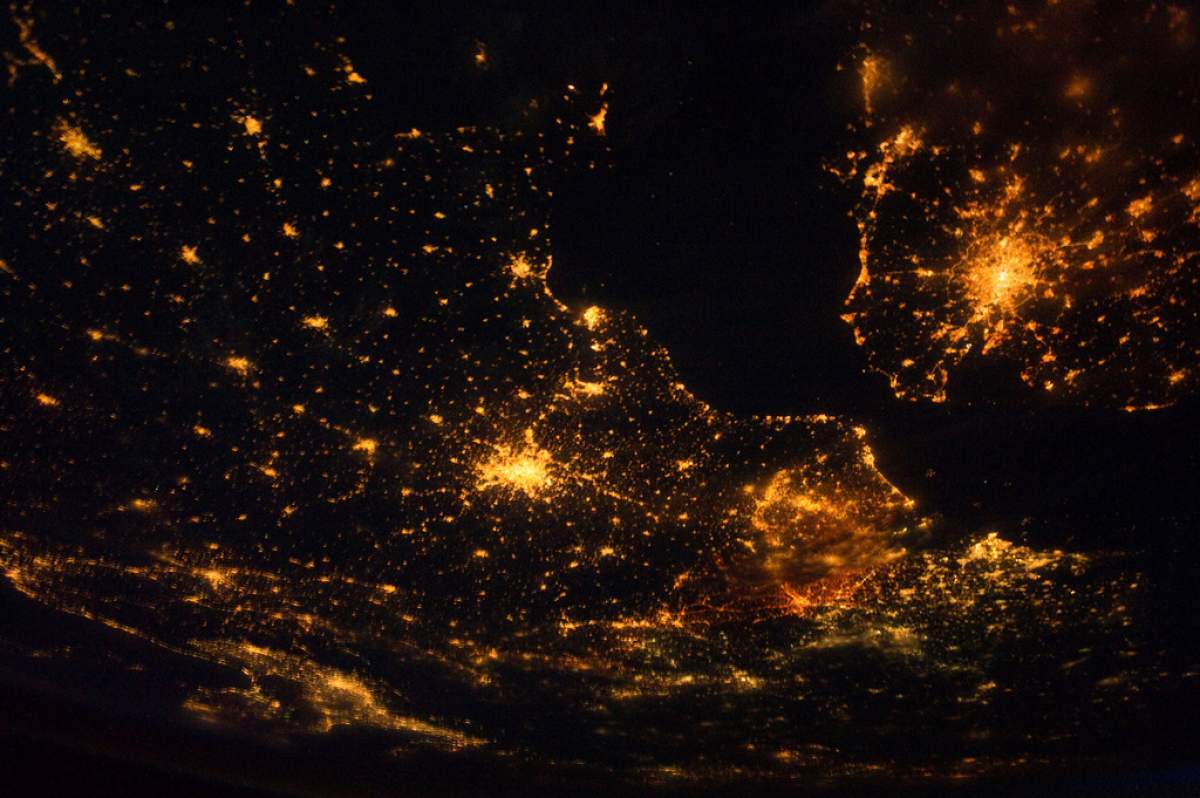
It was one of the Earth's momentous times. Continents collided. Volcanoes erupted. Ocean currents shifted. Species ran amok.
The Past
Twenty million years ago, North and South America were arranged in nearly the same positions as they are today. The big difference being, they were separated by a deep open channel called the Central American Seaway. There was no Panama and no need for a Panama Canal because there was clear sailing from the Atlantic to the Pacific.
But the Earth is a geologically active planet with shifting crustal plates. During the time period between twenty and three million years ago, the Pacific Plate collided with the Caribbean Plate, pushing magma to the surface to make islands in the sea, and eventually creating a land bridge between the two continents. The movement not only changed the land, it disrupted ocean currents, opened a door to species migrations and probably altered the world's climate.
The Gulf Stream
When the land bridge closed, equatorial waters could no longer mix. The Atlantic became saltier and the Pacific more dilute, creating a gradient that moves water in a giant loop around the globe today. Warm Atlantic water that used to pass through the gap moved northward, becoming the Gulf Stream. Scientists believe these changes created a warmer Europe and contributed to our recent cyclic ice ages.
The land bridge also opened the way for species to cross from one continent to the other. Deer, horses, raccoons, bears and the camel ancestors of llamas moved south across the bridge. Anteaters, porcupines, opossums and armadillos moved north.
Unfortunately, many large South America species couldn't compete with the North American animals and became extinct, changing the ecology of an entire continent.
Sources And Further Reading:
- Graham, A. 1992. Utilization of the isthmian land bridge during the Cenozoic‑paleobotanical evidence for timing, and the selective influence of altitudes and climate. Review of Palaeobotany & Palynology. v. 72, n. 1‑2. p. 119‑128.
- Ibaraki, Masako. 1997. Closing of the Central American Seaway and Neogene coastal upwelling along the Pacific Coast of South America. Tectonophysics. v. 281, n. 1‑2, p. 99‑104.









